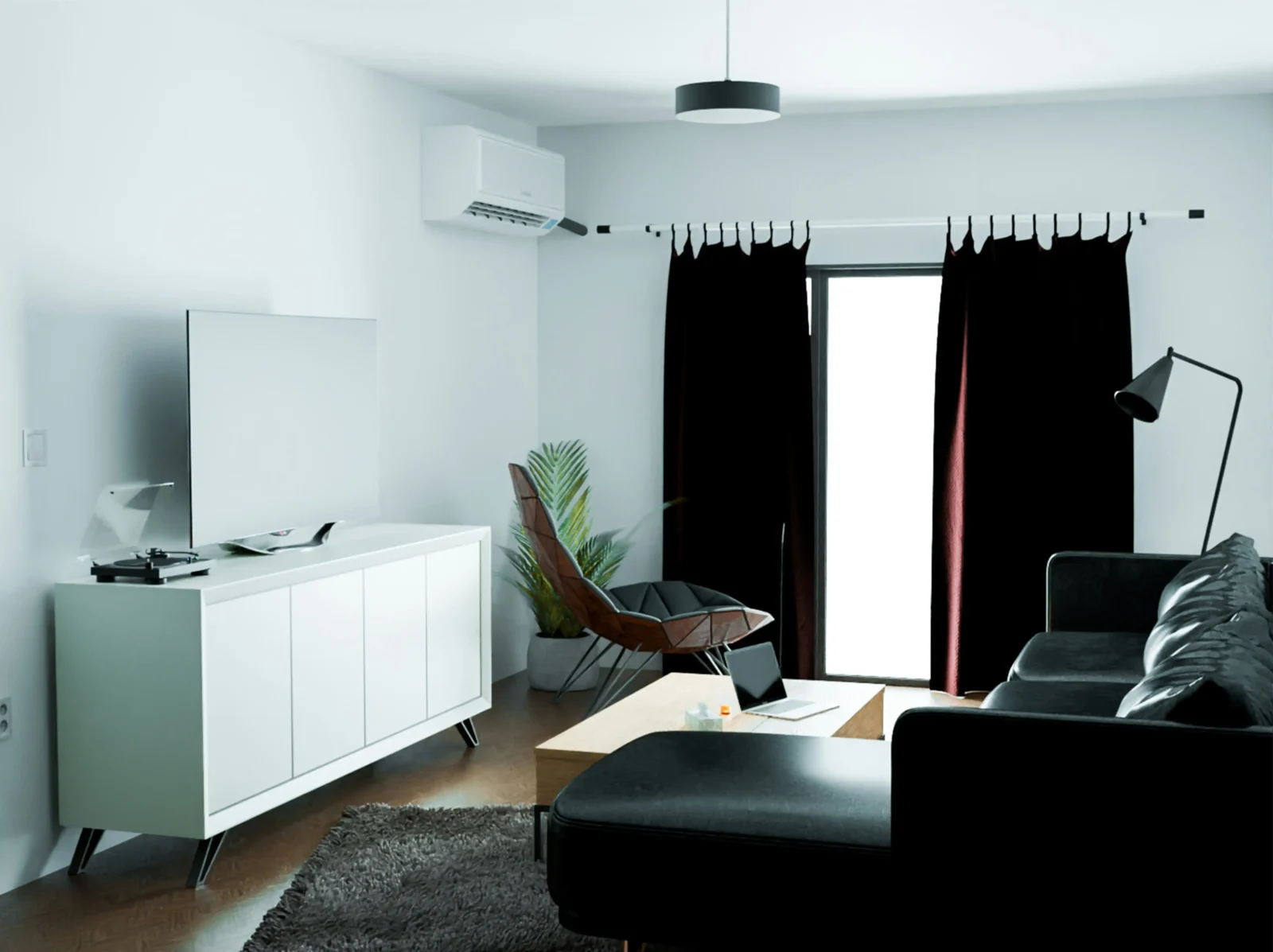- Home
- Articles
- Architectural Portfolio
- Architectral Presentation
- Inspirational Stories
- Architecture News
- Visualization
- BIM Industry
- Facade Design
- Parametric Design
- Career
- Landscape Architecture
- Construction
- Artificial Intelligence
- Sketching
- Design Softwares
- Diagrams
- Writing
- Architectural Tips
- Sustainability
- Courses
- Concept
- Technology
- History & Heritage
- Future of Architecture
- Guides & How-To
- Art & Culture
- Projects
- Interior Design
- Competitions
- Jobs
- Store
- Tools
- More
- Home
- Articles
- Architectural Portfolio
- Architectral Presentation
- Inspirational Stories
- Architecture News
- Visualization
- BIM Industry
- Facade Design
- Parametric Design
- Career
- Landscape Architecture
- Construction
- Artificial Intelligence
- Sketching
- Design Softwares
- Diagrams
- Writing
- Architectural Tips
- Sustainability
- Courses
- Concept
- Technology
- History & Heritage
- Future of Architecture
- Guides & How-To
- Art & Culture
- Projects
- Interior Design
- Competitions
- Jobs
- Store
- Tools
- More
Valve Boxes: Essential for Plumbing Efficiency—Here’s Why

Imagine frantically searching for the water valve during a plumbing emergency, only to find it inaccessible behind concrete. This scenario—common in many properties—can lead to water damage and costly repairs.
That is where valve boxes come in. These small structures house the valves controlling water flow to specific areas. This post will explore why they are essential for plumbing efficiency.
Types of Valve Boxes
Valve boxes come in various designs, each suited to different applications and preferences. Let us explore the different types available:
- Recessed Valve Boxes
Recessed valve boxes sit flush with the wall surface. They are commonly used in bathrooms, kitchens, and laundry rooms, where many prefer a clean and clutter-free aesthetic. Their recessed design enhances the overall look of the space and protects the valves from accidental damage.
- Surface Mounted Valve Boxes
Surface-mounted valve boxes are installed directly onto the wall surface. They are suitable in areas requiring quick and frequent valve access, such as commercial buildings or industrial facilities. Manufacturers typically construct these boxes using durable materials like metal, offering a simple and cost-effective solution for valve installation.
- Valve Boxes With Hidden Flange
Valve boxes with hidden flange, like the BAC-BTA valve box, feature a concealed mounting system. It allows the box to be installed flush with the wall without needing a visible flange. This design creates a sleek and modern look, ideal for high-end residential and commercial spaces.
- Valve Boxes With Window and Hidden Flange
Valve boxes with a window and hidden flange combine the benefits of both recessed and surface-mounted boxes. The window makes monitoring the valve’s status easy without needing full access. These boxes are particularly useful in areas where regular inspections or maintenance are required, such as commercial kitchens or industrial facilities.
Function of Valve Boxes in Plumbing Systems
Now that we have explored the types of valve boxes, let us understand their crucial role in plumbing systems:

Valve Protection
Valve boxes safeguard plumbing valves from various environmental factors. They shield valves from dust, moisture, and physical damage, extending their lifespan and preventing costly repairs or replacements. This protection ensures the plumbing system operates efficiently and reliably over time.
Accessibility
One of the valve boxes’ primary roles is to provide easy access to plumbing valves. In case of a leak or other plumbing emergencies, valve boxes allow quick and efficient shut-offs, minimizing water damage and preventing further complications.
Additionally, valve boxes facilitate routine maintenance and repairs, ensuring the plumbing system’s optimal performance.
Organization
Valve boxes offer a structured and organized approach to managing plumbing systems. By grouping related valves, valve boxes simplify complex plumbing networks and make identifying and accessing specific valves easier when needed. This organization is helpful in large commercial buildings or industrial facilities with extensive plumbing infrastructures.
Concealment
Aside from their functional role, valve boxes also serve an aesthetic purpose. They conceal unsightly plumbing components to maintain a clean appearance. This is important in residential and commercial spaces where visual appeal is a priority.
Benefits of Using Valve Boxes
Using valve boxes in plumbing systems offers numerous advantages. Here are some of them:
Improved Efficiency
Valve boxes offer significant efficiency benefits by streamlining plumbing operations. The ability to quickly identify and access specific valves reduces the time required for maintenance and repairs. This efficiency minimizes disruptions to daily life or business activities. It also leads to cost savings and improves overall system performance.
Enhanced Safety
Using valve boxes can significantly enhance the safety of plumbing systems. They conceal valves, preventing accidental damage or tampering. This is particularly important in homes with young children or pets, where exposed valves could pose a safety hazard.
Improved Aesthetics
Valve boxes hide unsightly plumbing components, creating a cleaner, more polished look. This aesthetic improvement can enhance the overall appeal of a residential or commercial space. Additionally, valve boxes are available in various styles and finishes to match the existing decor and occupant’s design preferences.
Optimized Space
Rooms like bathrooms and kitchens often have limited space. Valve boxes offer a valuable solution for maximizing usable area. They consolidate plumbing components into a single, discreet location, allowing for neater and more compact layouts.

Reduced Costs
Investing in valve boxes can lead to long-term cost savings. They prevent potential water damage from valve failures, helping avoid costly repairs and replacements. Additionally, the efficiency benefits of valve boxes can result in reduced maintenance costs over time.
Conclusion
Valve boxes are essential for plumbing efficiency due to their numerous benefits. They provide easy access to valves, protect them from damage, and improve their overall organization.
Installing them in a residential, commercial, or industrial building boosts safety, reduces maintenance costs, and ensures the plumbing system’s performance and longevity.
illustrarch is your daily dose of architecture. Leading community designed for all lovers of illustration and #drawing.
Submit your architectural projects
Follow these steps for submission your project. Submission FormLatest Posts
Best LED Shop Lights 2026: Brightest Options for Garage & Workshop
In 2026, LED shop lights have become essential for creating safe, efficient,...
Coloring Your Year: Using Traditional Lunar New Year Hues to Transform Your Apartment Décor
Lunar New Year always brings a burst of color and energy, making...
Chandelier Light vs Ceiling Lights: Which Decorative Lighting Works Best for UAE Homes in Winter?
Winter in the UAE doesn’t arrive loudly. It doesn’t announce itself with...
Marketing for Architects: How Firms Are Getting More Clients Without Chasing Leads
Architectural marketing has changed in important ways. Referrals and reputation still matter,...












Leave a comment